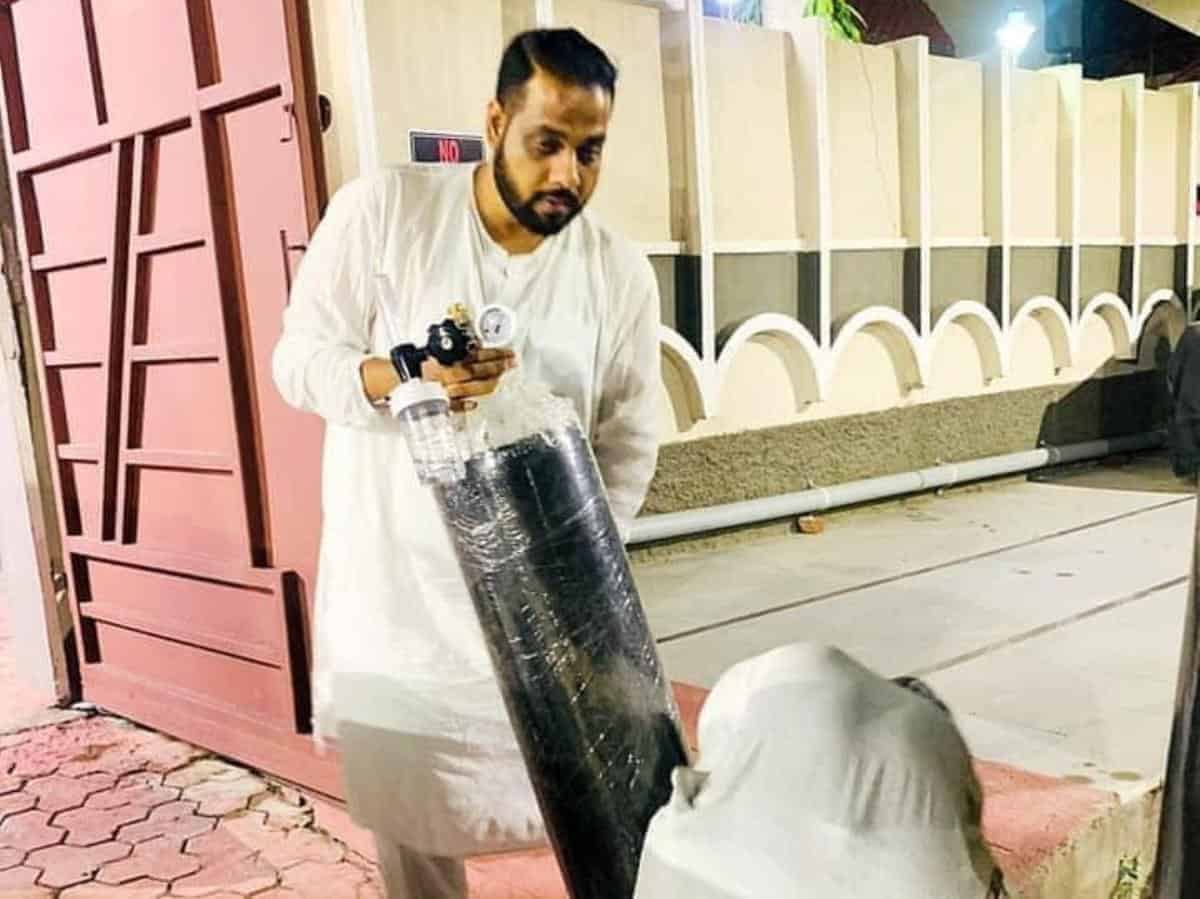By Aila Bandagi
Hyderabad: All of us remember 2020 as the year that everything fell apart, thanks to lockdowns, curfews, deaths, infections, loss of jobs, a crashing economy and a government unable to keep up with anything. Just as we thought things were getting better in 2021, the crisis hit us all over again in the form of the COVID-19 second wave.
A few months ago I started the journey to understand how civil society responded to the COVID-19 first wave. I looked at whatsapp conversations and archived facebook posts and conducted interviews – all in an attempt to find out how it all happened; to answer the simple question of how our civil society rose to help people during a humanitarian crisis unparalleled to anything my generation has seen.
When the lockdown began in March last year, people and organisations who were working with vulnerable communities in the city already knew COVID-19 was not just going to be a health crisis. Within days, NGOs started identifying people and places that are going to be the worst hit. Bastis, peri-urban settlements, homeless people and many other such vulnerable groups were already on the radar of these organisations.They knew that the city alienates and victimises people in very unique ways and they could imagine how to respond to it.
MARI, one such organisation, started with an assessment of the slums they were already working in and systematically identified the most vulnerable people to distribute relief material. The Rythu Swarajya Vedika used its past experience in setting up a helpline for people in distress. This helpline was run by volunteers who would receive distress calls, verify the request and pass it on to the people on ground.
Similarly, the MSI (Montfort Social Institute) diverted all their resources into providing rations to the slums they were working in. The young team of Yuvatha, an NGO working on a myriad of issues, used the money that Mallika and Saketh (the founder) got for their wedding to provide dry rations to identified slums.
At the same time, many individuals also started responding to the crisis. ‘If not now, when?’ seemed to be a predominant thought for everyone. The media coverage of the issue with personal stories of struggling individuals and images of migrants walking back to their villages had a huge impact on people.
Most people donated money because they could not travel outside their homes. A lot of individuals took up the responsibility to cook and distribute food in their nearby areas – just outside their apartments and around their neighbourhoods. Asif Yar Khan, a city-based journalist, who knows the Old City area very well and went into every galli to find the people worst affected.
Asif along with a former colleague identified local kirana stores and routed all the relief through the stores to ensure that the local economy kept going and the relief receivers could maintain their dignity.
Social media played an important role during the crisis. Both to inform people of the relief activities and to raise funding for the same. Whatsapp statuses, instagram stories and facebook posts became the means of coordinating between organisations and individuals.
My own facebook home page became an updates page for how many people were walking from which city to which village, and where they would reach by lunch time, so they could be given some food and water. Whatsapp groups were the main source of communication between different organisations and individuals – these groups facilitated a faster and localised response to appeals for help.
Mallika Parisa, member of the Yuvatha NGO, said “because of these groups, it was easier to verify and provide relief in the areas we had a presence in, instead of each of us travelling across the city.” Social media facilitated relief work at a scale and pace unimagined previously and it ensured that nobody was blind to the on-going crisis.
Fundraising was obviously a very important aspect of the relief work. There were many ways in which funds were collected by different members of the civil society. Bigger NGOs like MARI received money from funders like the Azim Premji Philanthropic Initiatives based on strong proposals.
Rythu Swarajya Vedika conducted fundraising initiatives on milaap and razor pay for distributing dry rations to people. Many organisations reached out to neighbours, friends and family to collect money, like Yuvatha. Social media also played a crucial role in fundraising by individuals responding to the crisis.
Asif said “everyone contributed whatever amount they could because they trusted him and his friend to deliver it to the people.”The COVID-19 crisis exposed how broken so many of our systems are. But it also showed me the power of civil society. Lakshmi, a resident of a basti in moosanagar, told me “we survived because of the NGO madams. Otherwise, we would have starved to death.” This one sentence shows the power of civil society.
On the brink of absolute breakdown and collapse, all I saw was a massive voluntary mobilization of information, funding and resources. Hyderabad is an imperfect city – our government, systems and leaders fail us routinely. Everyone struggles in their own way. Civil society is why this city is still surviving.
(About the author: Aila Bandagi is currently a PhD student at the department of geography, University of Nevada. She studies gender responsive urban development in the global South.)

